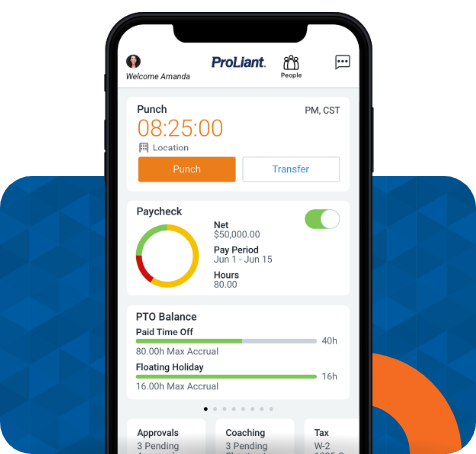According to Gartner research, a full 70 percent of employees report that they haven’t mastered the skills they need to do their jobs. For those of us working in HR, that’s both challenging and not too surprising. The nature of modern work changes so rapidly now that a given employee might enter their position with a highly relevant skillset, only for that skillset to lose its relevance a year or two down the line.
Cue learning management systems (LMS). These tools provide systematic training content, offer/track assignments and evaluate progress as students learn new skills. A given LMS might enable you to provide on-demand forklift safety for warehouse workers or intermediate Excel for clerical positions.
For businesses with changing requirements, challenging onboarding processes or widespread training needs, they’re essential. Here’s what you need to know about an LMS and why it may be a good fit for your organization.
Why implement a learning management system?
Simply put, because they work. Consider the following statistics:
- For every dollar they spent on eLearning, IBM saw a $30 return on investment.
- Nearly half of businesses that implement an LMS see an increase in income as a result.
- Seventy-two percent of global corporations believe that their LMS serves as a competitive advantage.
Too often, employees only receive the training they need to do their job as it exists on the date of their hire. They may be expected to look outside the organization to learn additional skills or to roll with the punches as the requirements of their position change over time. An organization’s collective skill set becomes lopsided as a result; team members apply out-of-date practices to novel problems, develop workarounds or bring new knowledge to the table that the rest of the organization isn’t ready to apply.
But even if continued development isn’t a priority at your organization, a learning management system can still have a major impact. There isn’t a single job that doesn’t require at least some training before a new employee can perform their duties. This training, however, isn’t always delivered in a consistent, comprehensive manner — often, the quality of training depends on the individual supervisor’s teaching ability.
Using an LMS solves for both of these problems: It provides a standardized, structured way to provide employees with the training that they need to do their jobs today and resources to perform their jobs as that role evolves or as they move into other roles within the organization.
Not all Learning Management Systems are made equal
Just as the quality of employee’s training can depend on how effective their supervisor is at teaching, your organization can benefit more or less from an LMS depending on its design. There are a lot of features that can facilitate or detract from learning, but one of the most impactful is whether the LMS has been designed for microlearning.
Why shorter is better
It should come as no surprise that our attention spans aren’t really all that long. This isn’t a bad thing, per se. It’s just the way we were built.
Research shows us that employees can really only tolerate educational content in 9 to 11 minute bursts. What’s more, any task that extends for an appreciable amount of time during our workdays is likely to be interrupted. One study found that workers were interrupted from their tasks roughly once every 11 minutes, and that, on average, it took a full 25 minutes to return that original task.
The takeaway? Any training that takes an extended amount of time — whether that’s a day-long seminar, an hour-long compliance video or other long-form content — will neither be retained nor serve as an effective use of your employees’ time.
That’s why microlearning is so crucial. Educational content designed to work with our natural attention span rather than against it is more likely to stick. Rather than present a one-hour long training video, it’s a better practice to break that video up into stand-alone lessons that can be easily digested. This way, a trainee can progress at a pace that feels natural, will be more likely to retain the information from individual lessons and will be less likely to give up halfway through.
Proliant’s LMS partnership
At Proliant, we’ve partnered with ej4 to deliver curated, industry-specific educational content to our customers. HR is involved in the on-going training and education of a business’s employees. That’s why Proliant offers an LMS with thousands of pre-developed training content specific to a wide variety of industries, all delivered in bite-sized chunks amenable to microlearning.
Even though businesses within a given industry have common needs, not every organization is alike; the ej4 LMS also enables our customers to build their own content as needed. Talk to one of our experts today to discuss your business’s unique needs.





No Comments Yet
Let us know what you think